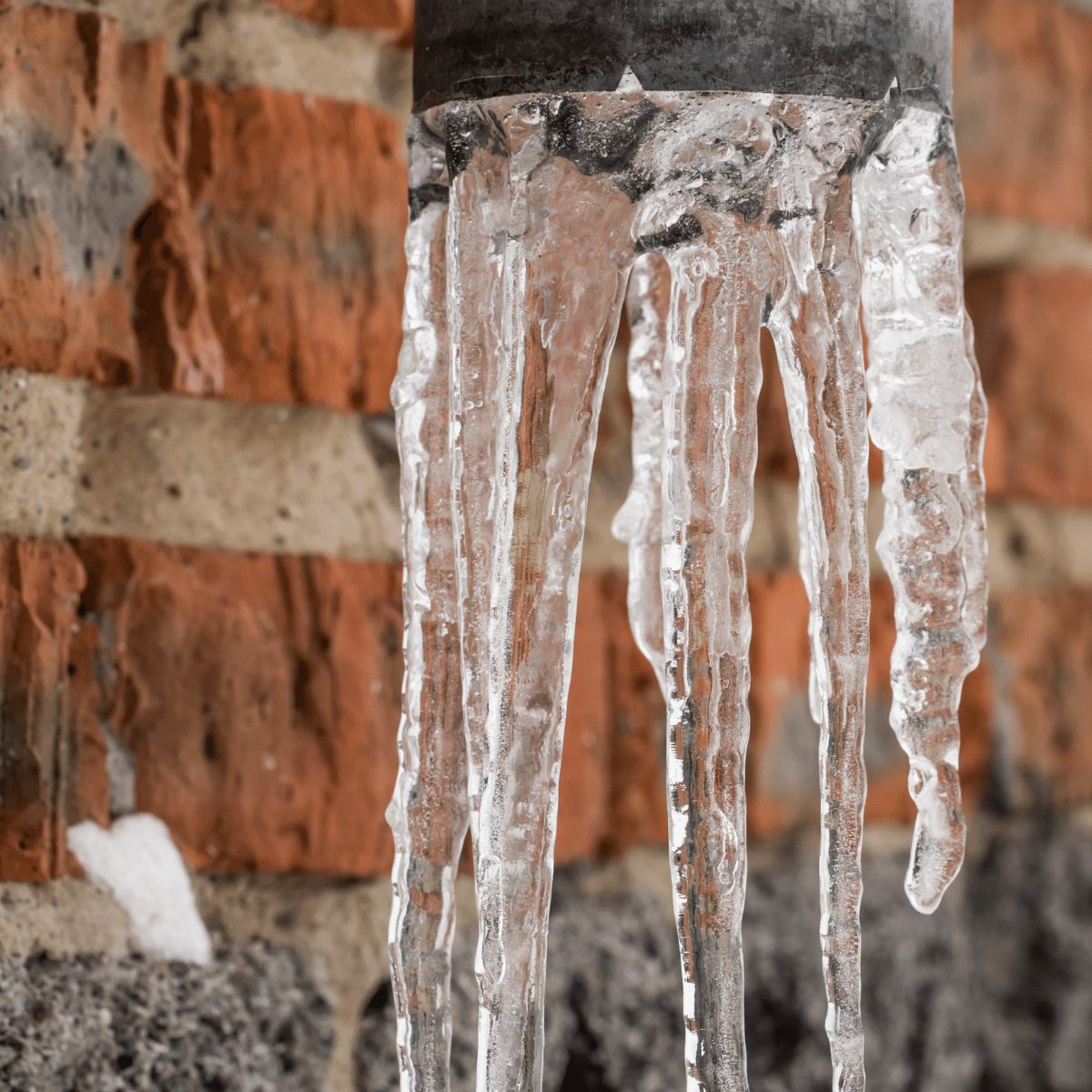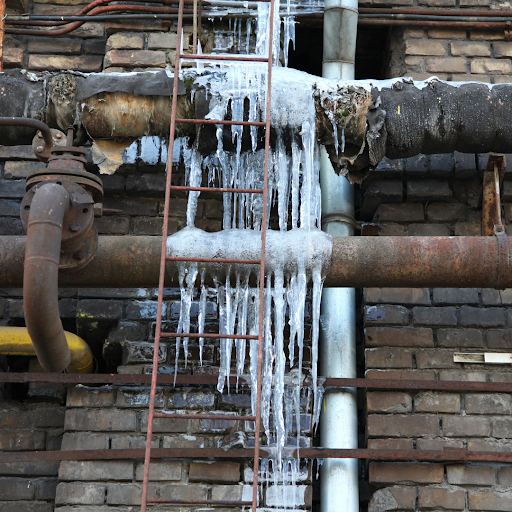Essential Tips to Avoid Frozen Pipes in Cold Weather: Expert Insights
Essential Tips to Avoid Frozen Pipes in Cold Weather: Expert Insights
Blog Article
This great article below relating to How To Avoid Freezing Pipes is extremely remarkable. Read on and make your own personal results.

Winter can damage your pipes, especially by freezing pipelines. Right here's how to prevent it from taking place and what to do if it does.
Intro
As temperature levels decrease, the danger of frozen pipes boosts, possibly bring about pricey repair work and water damage. Recognizing exactly how to stop icy pipes is essential for homeowners in cold climates.
Prevention Tips
Insulating vulnerable pipelines
Cover pipes in insulation sleeves or use warmth tape to safeguard them from freezing temperature levels. Concentrate on pipelines in unheated or outside areas of the home.
Home heating methods
Maintain interior areas sufficiently heated up, especially areas with plumbing. Open up closet doors to permit warm air to circulate around pipelines under sinks.
How to determine icy pipelines
Look for reduced water circulation from taps, unusual smells or sounds from pipes, and noticeable frost on exposed pipelines.
Long-Term Solutions
Architectural modifications
Take into consideration rerouting pipes away from exterior wall surfaces or unheated locations. Add additional insulation to attic rooms, basements, and crawl spaces.
Updating insulation
Buy high-grade insulation for pipes, attic rooms, and walls. Appropriate insulation assists maintain consistent temperature levels and decreases the risk of frozen pipes.
Securing Outside Plumbing
Garden tubes and outdoor faucets
Separate and drain garden hose pipes prior to winter season. Mount frost-proof spigots or cover exterior faucets with shielded caps.
Recognizing Icy Pipelines
What causes pipelines to ice up?
Pipelines freeze when subjected to temperatures listed below 32 ° F (0 ° C) for extended periods. As water inside the pipes freezes, it increases, taxing the pipe wall surfaces and potentially triggering them to burst.
Threats and damages
Icy pipelines can cause water system disruptions, property damage, and expensive repair services. Ruptured pipes can flood homes and trigger extensive architectural damage.
Indicators of Frozen Pipeline
Identifying frozen pipes early can avoid them from breaking.
What to Do If Your Pipes Freeze
Immediate activities to take
If you suspect icy pipelines, maintain faucets open up to ease pressure as the ice thaws. Make use of a hairdryer or towels soaked in warm water to thaw pipes slowly.
Verdict
Stopping icy pipes needs proactive actions and quick feedbacks. By understanding the causes, indications, and safety nets, homeowners can safeguard their pipes throughout winter.
5 Ways to Prevent Frozen Pipes
Drain Outdoor Faucets and Disconnect Hoses
First, close the shut-off valve that controls the flow of water in the pipe to your outdoor faucet. Then, head outside to disconnect and drain your hose and open the outdoor faucet to allow the water to completely drain out of the line. Turn off the faucet when done. Finally, head back to the shut-off valve and drain the remaining water inside the pipe into a bucket or container. Additionally, if you have a home irrigation system, you should consider hiring an expert to clear the system of water each year.
Insulate Pipes
One of the best and most cost-effective methods for preventing frozen water pipes is to wrap your pipes with insulation. This is especially important for areas in your home that aren’t exposed to heat, such as an attic. We suggest using foam sleeves, which can typically be found at your local hardware store.
Keep Heat Running at 65
Your pipes are located inside your walls, and the temperature there is much colder than the rest of the house. To prevent your pipes from freezing, The Insurance Information Institute suggests that you keep your home heated to at least 65 degrees, even when traveling. You may want to invest in smart devices that can keep an eye on the temperature in your home while you’re away.
Leave Water Dripping
Moving water — even a small trickle — can prevent ice from forming inside your pipes. When freezing temps are imminent, start a drip of water from all faucets that serve exposed pipes. Leaving a few faucets running will also help relieve pressure inside the pipes and help prevent a rupture if the water inside freezes.
Open Cupboard Doors
Warm your kitchen and bathroom pipes by opening cupboards and vanities. You should also leave your interior doors ajar to help warm air circulate evenly throughout your home.

We had been brought to that editorial about 6 Ways to Prevent Frozen Pipes through an associate on our other site. Sharing is caring. One never knows, you will be doing someone a favor. Thanks a lot for your time. Please come by our site back soon.
Request An Estimate Report this page